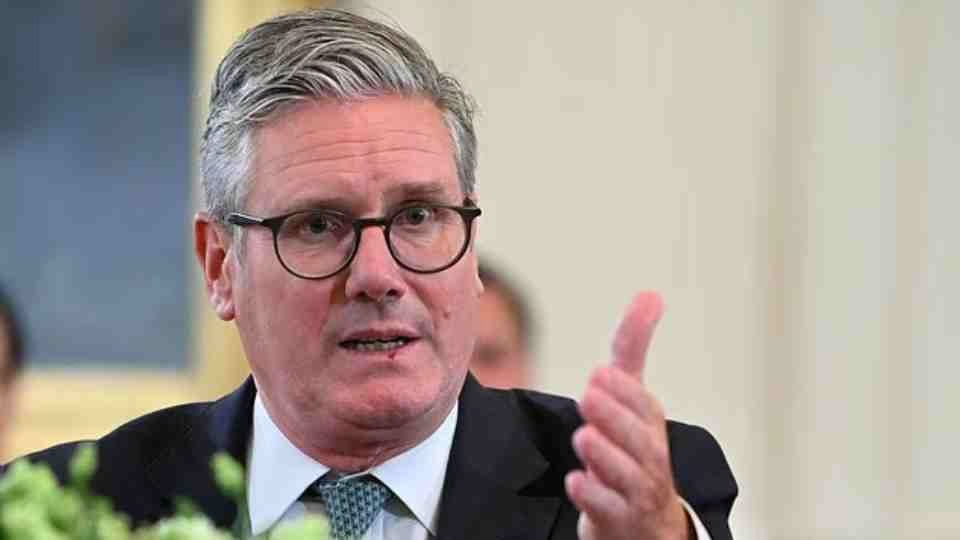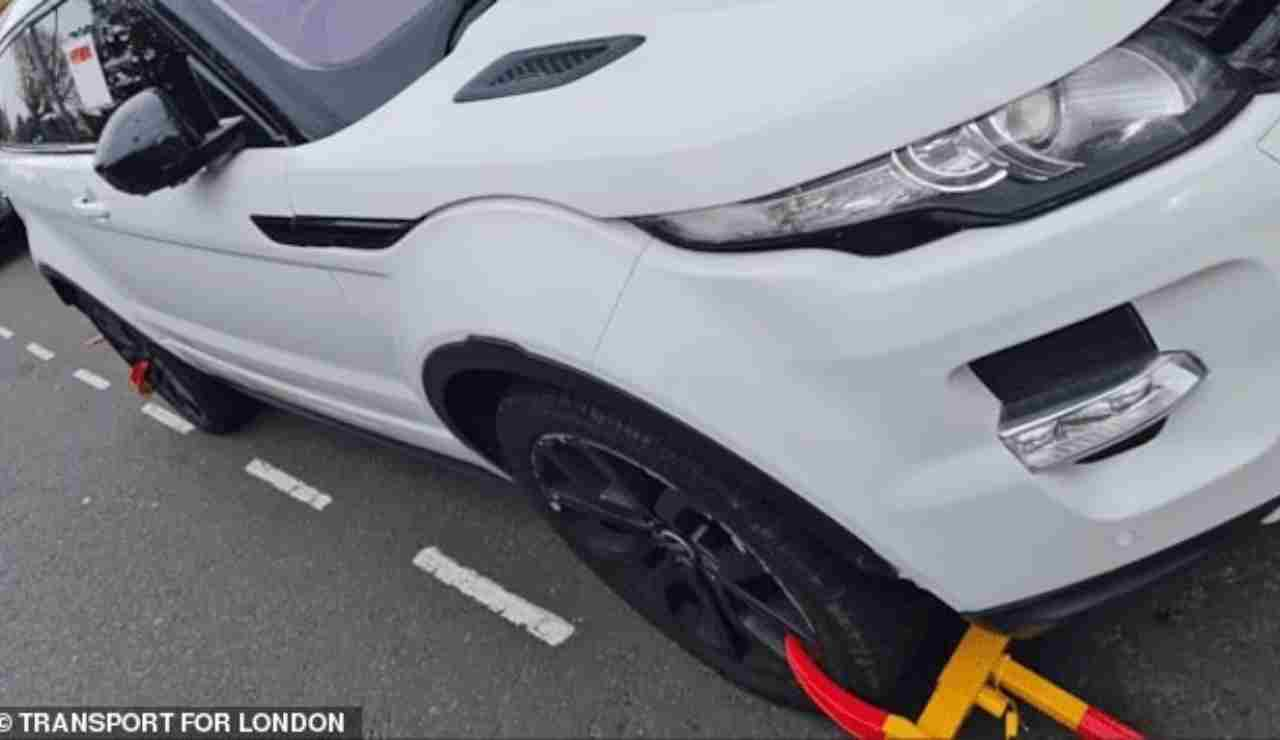Labour Government Faces Wave of Industrial Action
London – The new Labour government is confronting multiple industrial disputes across public services, raising questions about its promised approach to union relations.
Transport workers, including London Underground drivers, have announced seven days of rolling strikes scheduled for next month. The drivers, who earn basic salaries of approximately £64,000 annually (rising to £70,000-£80,000 with overtime and allowances for a four-day, 34-hour week), cite concerns over fatigue management and shift patterns alongside pay-related issues.
The industrial unrest extends beyond transport. The Royal College of Nursing and major teaching unions have rejected recent pay offers and are considering strike ballots. Ongoing disputes involving resident doctors and Birmingham waste collection workers remain unresolved, while Cross Country rail staff action threatens to disrupt upcoming bank holiday travel.
These developments come despite the government’s early £9 billion funding commitment to public sector pay settlements, highlighting the complex challenge of balancing fiscal constraints with worker demands in an era of high national debt and taxation levels.

Deputy Prime Minister Angela Rayner is advancing legislation through Parliament that would ease restrictions on industrial action, even as her own department faces strike action from civil servants over office attendance requirements.
Economic observers note parallels with the industrial relations challenges of the 1970s, though the current economic context differs significantly from that period.
National Symbols Spark Community Discussion
A recent increase in the display of Union Jacks and St George’s crosses across British towns and cities has generated varied public responses.
Conservative Party leader Kemi Badenoch has argued that national flag displays should be viewed as normal expressions of civic pride rather than controversial statements. She emphasizes that these symbols represent shared national identity across all communities.
The debate reflects broader discussions about national identity, cultural expression, and community cohesion in contemporary Britain. While some express concern about potential misappropriation of national symbols, others advocate for reclaiming these emblems as inclusive representations of citizenship.
The phenomenon occurs alongside ongoing debates about immigration policy and community integration, with various groups expressing different perspectives on national identity and social change.

Political commentators suggest that public displays of national symbols, alongside community responses to migration policies, represent growing civic engagement on questions of national identity and local community impact.
The discussion highlights ongoing tensions between different visions of British identity and the role of national symbols in public discourse.






